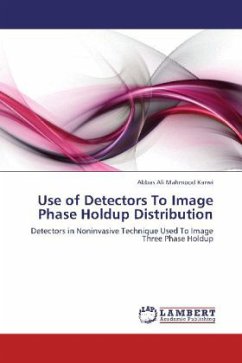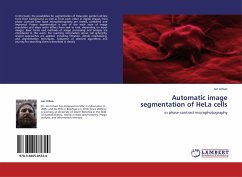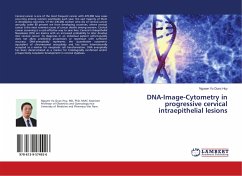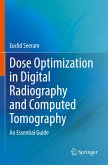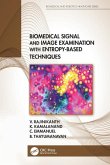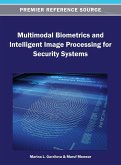X-ray mammography is considered at present the most efficient, robust and cost-effective imaging strategy for the early detection of the leading cause of death in women, breast cancer. However, the significant complexity of breast anatomy results in suboptimal imaging of specific breast regions, such as breast periphery and dense mammary gland. The inhomogeneity of mammographic image quality can be dealt with by application of the so- called exposure or grey level equalisation techniques. This monograph provides the reader with a structured presentation of several equalisation techniques proposed by research groups around the globe, along with equalisation schemes proposed by the author. "This work is a major step in the efforts of science to perfect the imaging of a sensitive human body organ, the mammary gland" Stelios Christofides, PhD, Head, Medical Physics Department, Nicosia General Hospital, Nicosia, Cyprus. "This monograph presents excellent techniques for computer enhancement of mammographic images that promise to greatly improve diagnosis" Howell Round, Senior Lecturer, School of Engineering, University of Waikato, New Zealand.
Bitte wählen Sie Ihr Anliegen aus.
Rechnungen
Retourenschein anfordern
Bestellstatus
Storno



